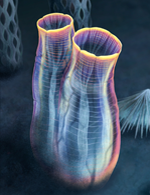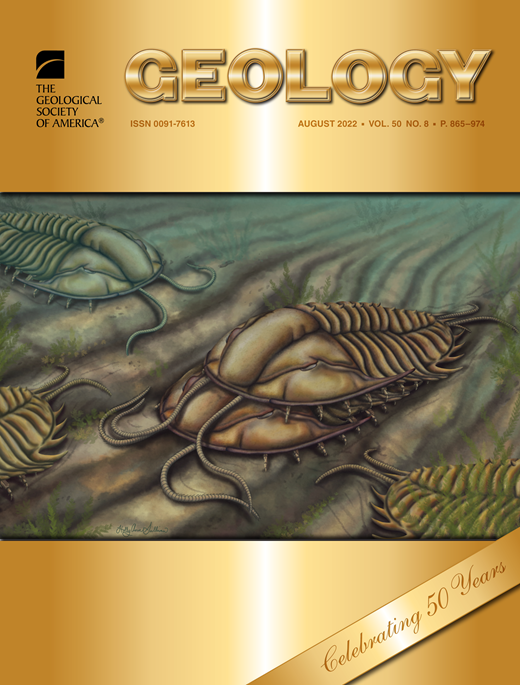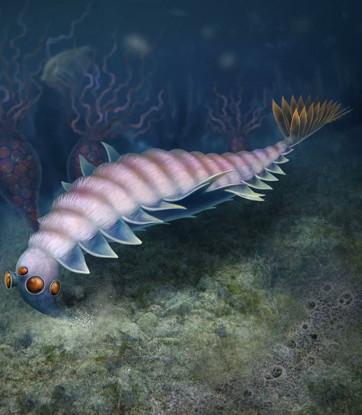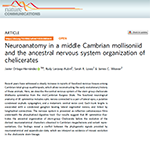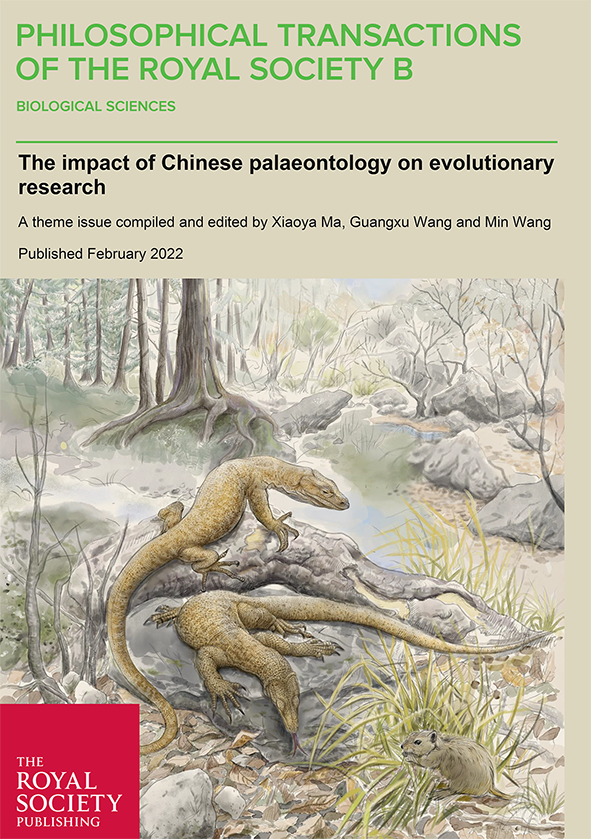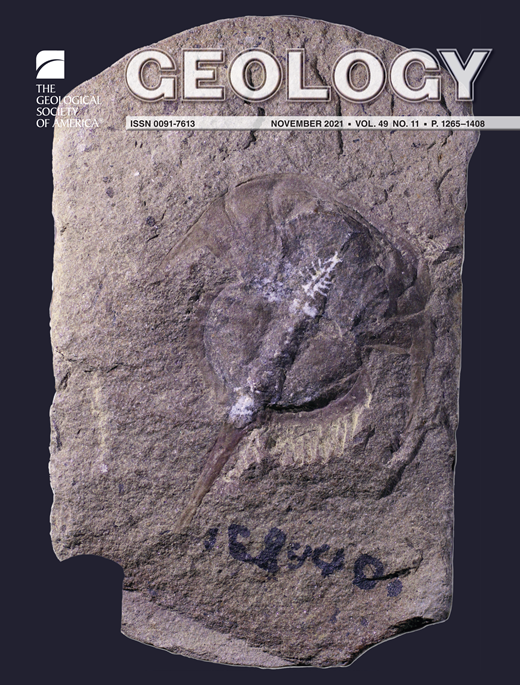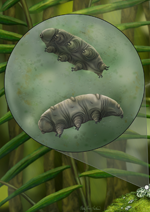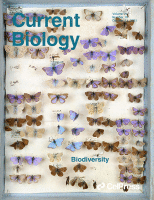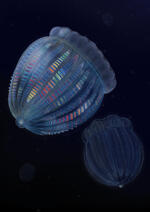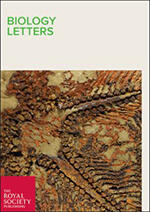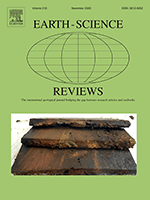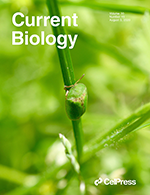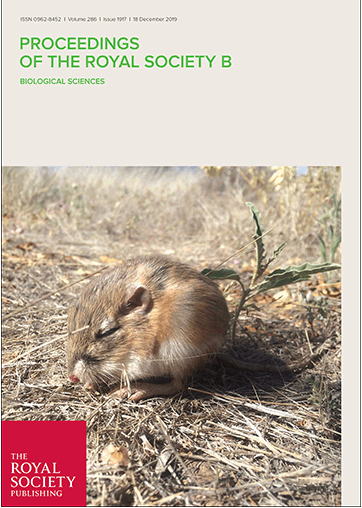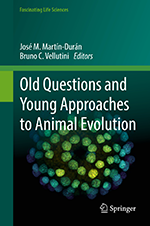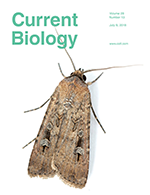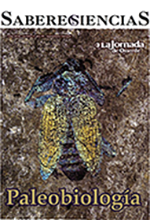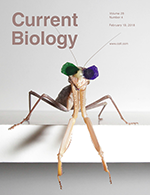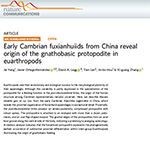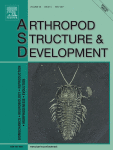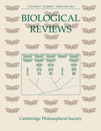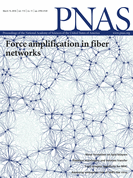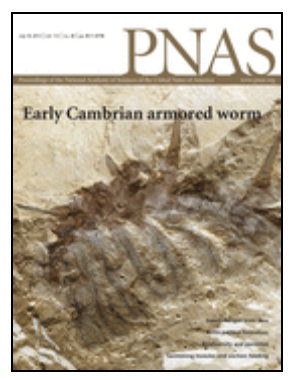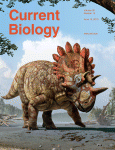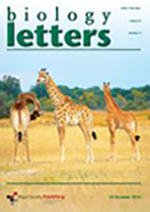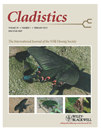Citation:
R. Lerosey-Aubril, X. Zhu, and J. Ortega-Hernández. 2017. “The Vicissicaudata revisited - insights from a new aglaspidid arthropod with caudal appendages from the Furongian of China.” Scientific Reports, 7, Pp. 11117.
Abstract:
Cambrian marine ecosystems were dominated by arthropods, and more specifically artiopods. Aglaspidids represent an atypical group amongst them, not the least because they evolved and rapidly diversified during the late Cambrian, a time interval between the two diversification events of the Early Palaeozoic. Recent phylogenetic analyses have retrieved aglaspidids within the Vicissicaudata, a potentially important, but difficult to define clade of artiopods. Here we describe a new aglaspidid from the Furongian Guole Konservat-Lagerstatte of South China. This taxon displays a pretelsonic segment bearing non-walking appendages, features as-yet known in all vicissicaudatans, but aglaspidids. A new comprehensive phylogenetic analysis provides strong support for the legitimacy of a monophyletic clade Vicissicaudata, and demonstrates the pertinence of new characters to define Aglaspidida. It also motivates important changes to the systematics of the phylum, including the elevation of Artiopoda to the rank of subphylum, and the establishment of a new superclass Vicissicaudata and a new aglaspidid family Tremaglaspididae. Two diversification pulses can be recognized in the early history of artiopods - one in the early Cambrian (trilobitomorphs) and the other in the late Cambrian (vicissicaudatans). The discrepancy between this pattern and that traditionally depicted for marine invertebrates in the Early Palaeozoic is discussed.Notes:
Lerosey-Aubril, RudyZhu, XuejianOrtega-Hernandez, JavierengEngland2017/09/13 06:00Sci Rep. 2017 Sep 11;7(1):11117. doi: 10.1038/s41598-017-11610-5.See also: Journal Articles

